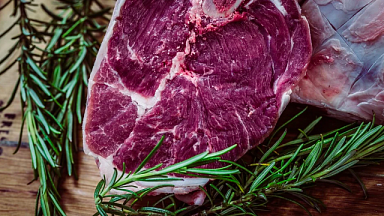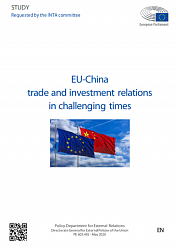These statistics were released by China’s Customs Administration on 9 May 2023. The overall trade amount in April reached 19.228 billion USD, whereas the trade volume between the two countries so far this year is recorded as 73.148 billion USD. The rising trade volume between the two countries has also affected the changing destinations of the China-Europe Express.
More and more towards Russia
The increase in trade is also visible in rail freight operations. Starting from this year, more and more new China-Europe Express routes have set their destination as Moscow. For example, on 25 February the city of Langfang, in northeast China, sent its first international freight train to Moscow. On Thursday 16 March, the first freight train departed between the Chinese capital Beijing and that of Russia — Moscow. It marked the start of a new service of the China-Europe Railway Express, connecting the capitals of the befriended countries.
Again in March, China launched its sixth China Europe Express consolidation hub, in the city of Shenyang. This consolidation centre is so far the closest one to the border with Russia. And it may also signal a strategic step for the growing demand between Russia and China. It is relatively close to the China-Russia border terminal of Suifenhe, the main border crossing for traffic to and from the port of Vladivostok. Two other route options to Russia are via the northern border points of Erenhot and Manzhouli.




